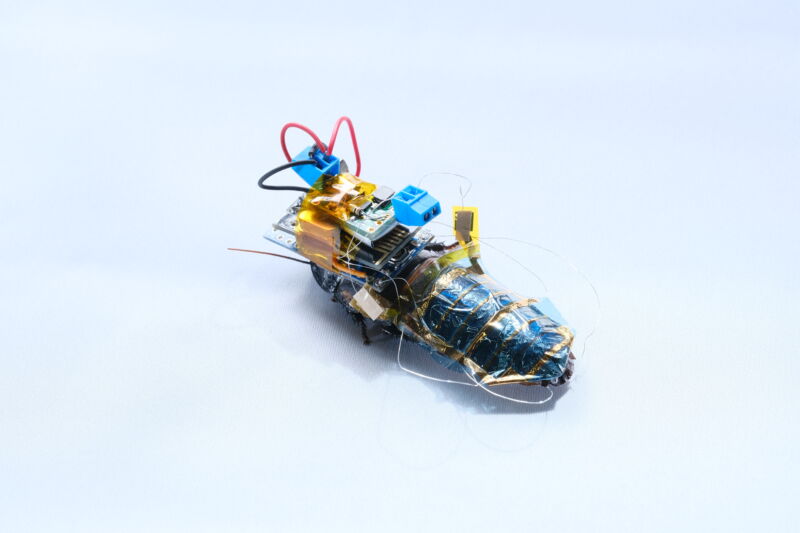-
chevron_right
Neurological conditions now leading cause of ill-health worldwide, finds study
news.movim.eu / TheGuardian · Thursday, 14 March - 23:30
Numbers living with or dying from disorders such as stroke rises dramatically to 3.4bn people – 43% of global population
Neurological conditions ranging from migraine to stroke, Parkinson’s disease and dementia, are now the leading cause of ill-health worldwide, causing 11.1 million deaths in 2021, research has revealed.
The number of people living with or dying from disorders of the nervous system has risen dramatically over the past three decades, with 43% of the world’s population – 3.4 billion people – affected in 2021, according to a study published in the Lancet .
Continue reading...



